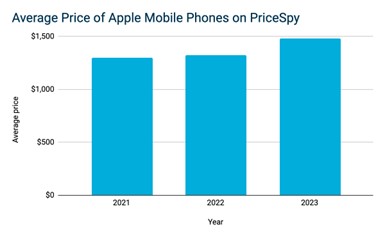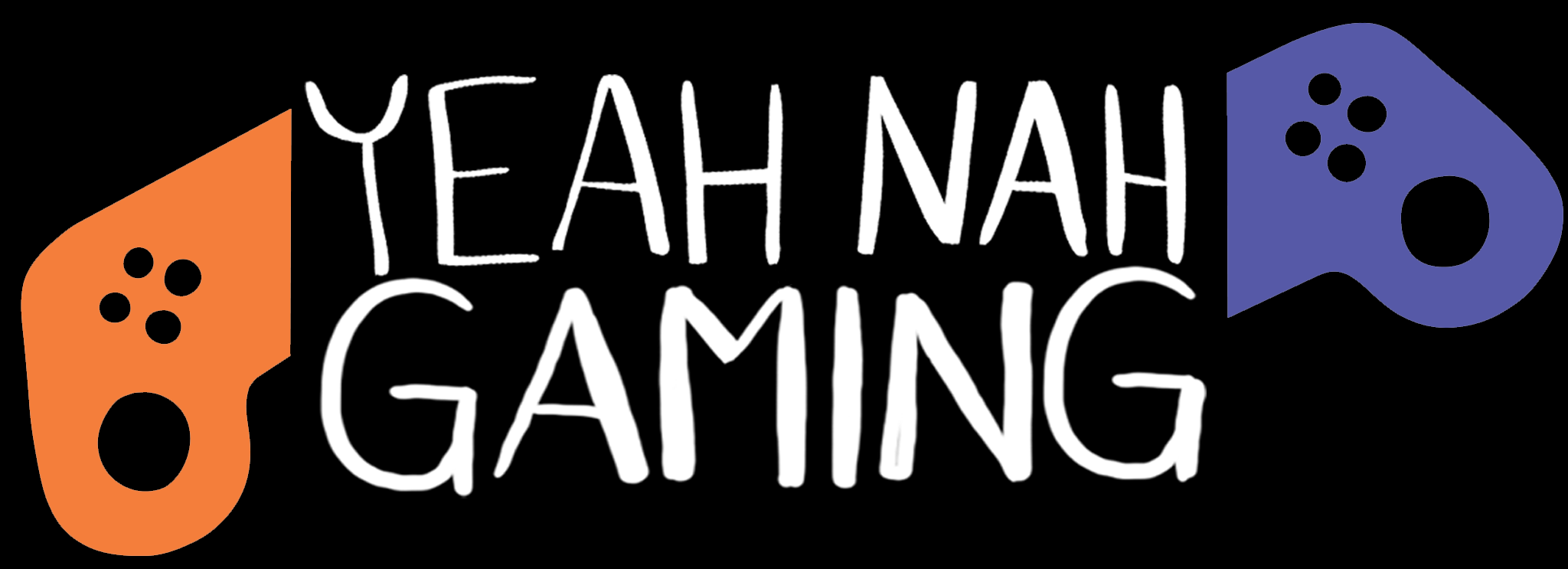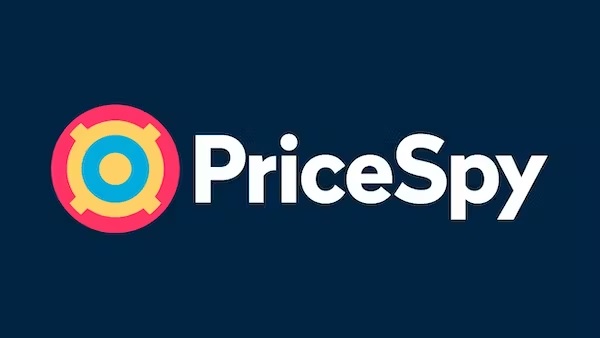Buying an iPhone 14 when the iPhone 15 drops could provide good savings
It’s that time of the year, snazzy new phones! As excitement mounts surrounding Apple’s latest iPhone 15, the spotlight shifts beyond just its features to the critical factor of affordability.
In light of this, PriceSpy has conducted an extensive analysis of pricing strategies across past and present models to shed light on when the optimal time to purchase an iPhone truly is.
Given for us PriceSpy is a trusted and impartial price and product comparison site that we use, I think we can trust their numbers.
The Study
- PriceSpy conducted research encompassing 48 iPhone models spanning the last five releases*. The study scrutinised average price points at intervals of three, six, nine, and twelve months following each model’s initial release date.
Key Highlights
- In New Zealand, the most significant price drop typically occurs after an iPhone has been on the market for 12 months, presenting an average decrease of -11 percent.
- Considering this trend, after the iPhone 15 has dropped could be a great time to purchase the iPhone 14.
- But it’s crucial for consumers to conduct thorough price research, as PriceSpy’s findings revealed examples of price increase strategies ahead of the iPhone 15 launch.
Liisa Matinvesi-Bassett, New Zealand country manager, comments: “While dedicated Apple enthusiasts might readily embrace the newest handset, regardless of the price, the ongoing challenges relating to the cost of living crisis may prompt others to seek a more strategic moment to invest in an iPhone.
“Though prices across the new iPhone 15 series have increased, it’s important to firstly address the price escalations that have become increasingly prevalent over the last few years.
“As an example, our pricing analysis unveiled a year-on-year rise of +13 per cent in average weighted price points across the mobile phone category on PriceSpy**. And the average price of Apple mobile phones was also found to have risen across the last few years.”
Average weighted price across the shopping category of Apple mobile phones on PriceSpy:

Liisa adds: “There are several factors that are influencing such price increases, including: technological advancements, inflation, production costs, and demand.”
The PriceSpy study also observed:
- Apple iPhone products tend to retain their original value over a long period of time;
- Older iPhone models, like the iPhone 11 and iPhone 12, were found to offer better discount opportunities one year after their release date in comparison to newer models like the iPhone 13 and 14:
- For example, the iPhone 12 series witnessed significant price drops at the 12-month mark, with a an average reduction of up to -22 percent;
- Whereas recent releases, like the iPhone 13 and 14 provide savings around the 12-month mark, though at a somewhat lower rate of 6-7 percent.”
Pricing Strategies at Play
Furthermore, PriceSpy’s research uncovered instances of price hikes for specific iPhone models leading up to the iPhone 15 launch:

“These price increases might be part of a larger strategy to generate excitement for the upcoming iPhone 15. On the other hand, they could signal upcoming promotional maneuvers, ahead of sales events, like Black Friday,” says Liisa.
When is the Best Time to Buy?
Liisa concludes: “For budget-conscious consumers looking to avoid the higher prices of the new iPhone 15 while still enjoy the overall capabilities of an iPhone, after the iPhone 15 has been released may be an opportune moment to consider purchasing an older model.
“To make your investment worthwhile and avoid overpaying, we always encourage people to carry out pricing research before making a purchase, as regardless of the model you have your eye on, retailers run price promotions at differing times, so it’s always best to check first.”

